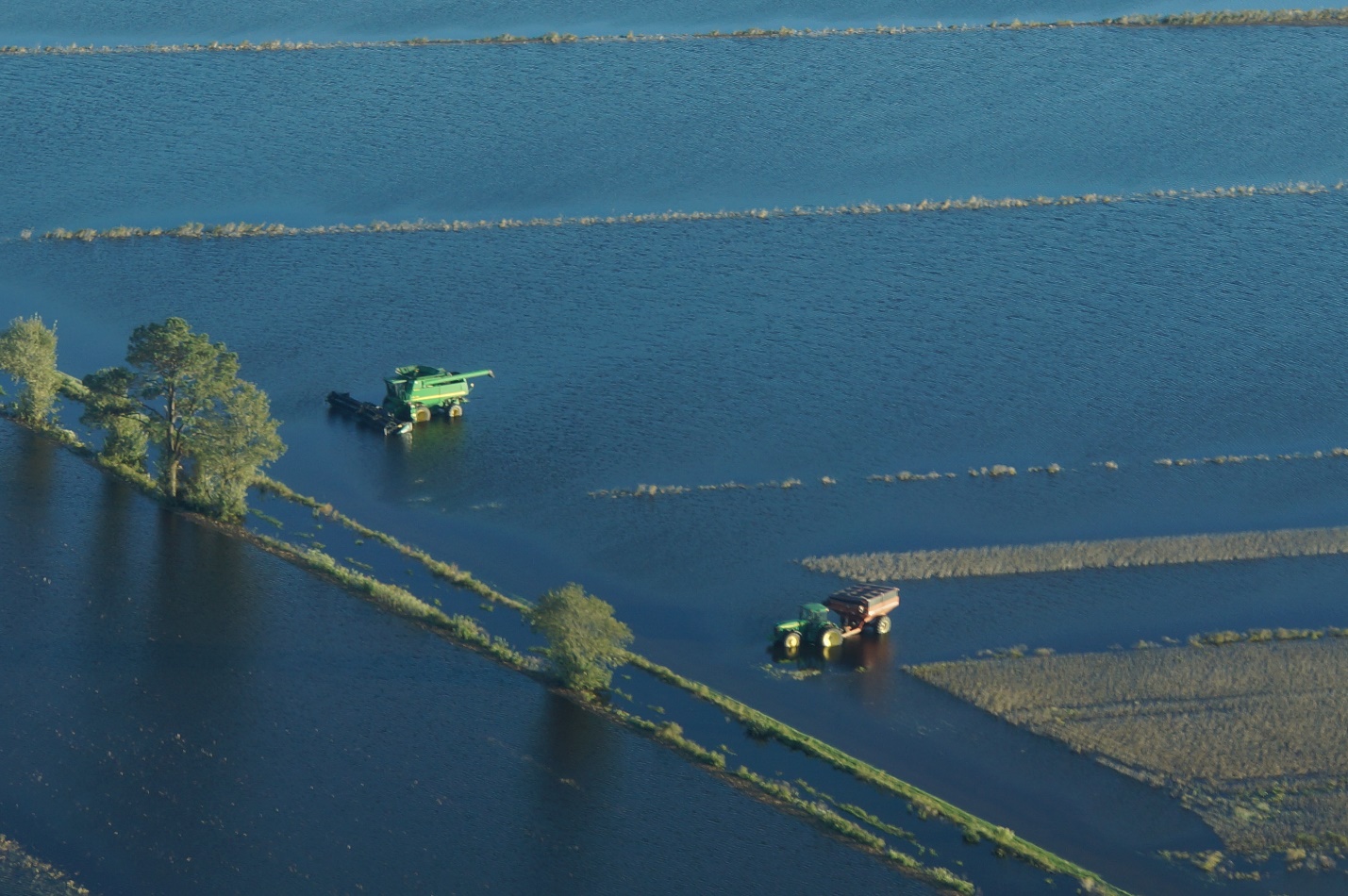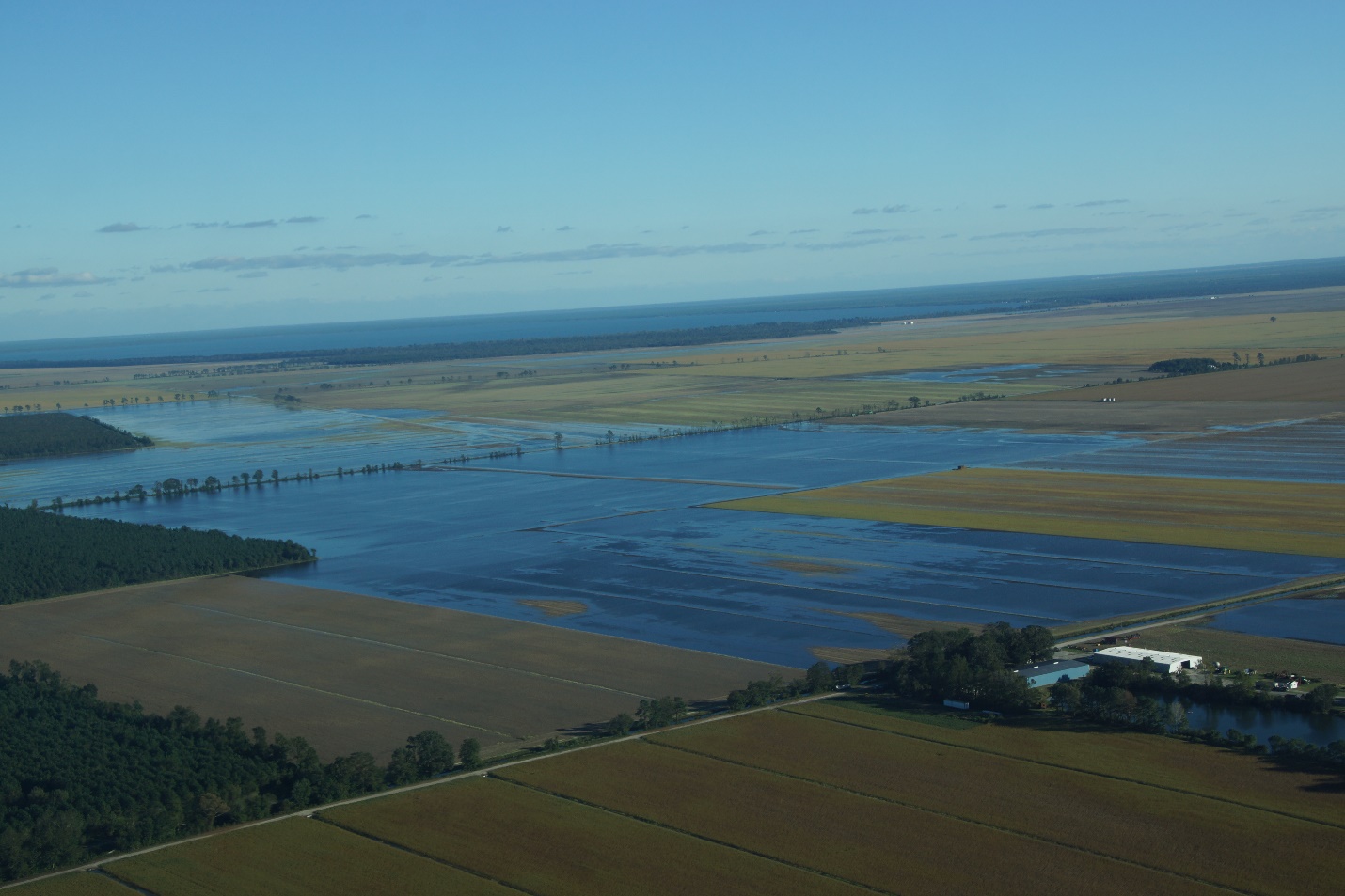Rhonda Garrison (Southern Farm Network, Raleigh, NC) talked with the North Carolina Department of Agriculture’s Emergency Preparedness team and offers an update on effects of Hurricane Matthew on North Carolina farmers and ranchers. The cotton crop was reduced by 30 percent, about the same amount as last year after Tropical Storm Joaquin, which lingered and produced 12 straight days of rain. “The difference between this year and last is that Hurricane Matthew moved right on out, and the weather has been clear and dry since, so there was no sprouting in the bolls, and lint in open bolls that was wet had the opportunity to dry in the sun in the fields and regain some of its color,” Rhonda explained. Of poultry losses including turkeys, broilers and layers, the total, which is holding steady, is 1.8 million birds lost. While this is a large number, given that North Carolina has as many as 800 million birds on the ground at any given time, the percentage is very small. Many birds were saved by marketing early, and many houses that flooded were empty. An estimated 2,800 to 3,000 hogs were lost. The known 2,800 were on one farm and drowned. The North Carolina Pork Council included another 200 to account for individual farms. It’s reported that only 11 hog lagoons overflowed due to flood water, and none breached. This contrasts with Hurricane Floyd in 1999, where many hog lagoons breached, and the contents flowed into nearby rivers and streams. After Floyd, many hog farms in the 100-year flood plain were decommissioned and moved to higher ground. This, plus better management practices developed in the years since, are credited for this minimal release of waste water into nearby streams and rivers.


Photos courtesy of North Carolina Department of Agriculture and Consumer Services.
Rhonda reports that the Director of the North Carolina Department of Agriculture’s Emergency Preparedness says that a week’s notice, and quick action by the Governor in declaring a state of emergency and all that implies, including increased driving hours for Commercial Drivers License holders, and lifting of weight restrictions on moving livestock and other ag products, was an integral part in minimizing the results to the ag industry from Hurricane Matthew. The Director added that this was the biggest emergency mobilization of her career, and by far the most successful.
